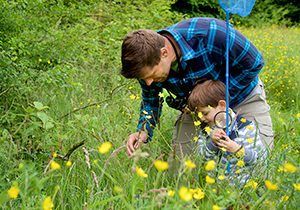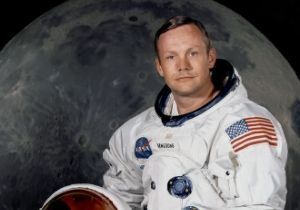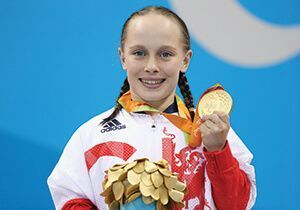
Mars mission: Science primary resource
Explore what life may be like in space and on the Red Planet
This primary resource explores space travel and the obstacles and challenges of exploring the planet Mars. Discover what life may be like in space, on the journey to Mars, and once astronauts have arrived on the planet. How do you get to Mars? What would you eat there? How do you go to the loo?
Pupils will learn about space suits, how astronauts breathe in space and the distance between the Earth and Mars in our National Geographic Kids’ Space primary resource sheet.
The teaching resource can be used in study group tasks for discussion about planning a trip to Mars, as a printed handout for each pupil to review and annotate, or for display on the interactive whiteboard using the images included in the resource for class discussion.
Activity: Ask children to imagine they are going on a journey to Mars and to write a diary of their adventure using the information provided. Pupils could use the information to make their own ‘guide to life on Mars’ booklet or leaflet.
N.B. The following information for mapping the resource documents to the school curriculum is specifically tailored to the English National Curriculum and Scottish Curriculum for Excellence. We are currently working to bring specifically tailored curriculum resource links for our other territories; including South Africa, Australia and New Zealand. If you have any queries about our upcoming curriculum resource links, please email: schools@ngkids.co.uk
This Science primary resource assists with teaching the following Upper Key Stage 2 Science (Year 5) objectives from the National Curriculum:
Pupils should be taught to:
- describe the movement of the Earth, and other planets, relative to the Sun in the solar system
Pupils should learn that the Sun is a star at the centre of our solar system and that it has eight planets: Mercury, Venus, Earth, Mars, Jupiter, Saturn, Uranus and Neptune (Pluto was reclassified as a ‘dwarf planet’ in 2006).
This Science primary resource assists with teaching the following Sciences Second level objectives from the Scottish Curriculum for Excellence:
- By observing and researching features of our solar system, I can use simple models to communicate my understanding of size, scale, time and relative motion within it.
Scottish Curriculum for Excellence Sciences Third level objectives:
- By using my knowledge of our solar system and the basic needs of living things, I can produce a reasoned argument on the likelihood of life existing elsewhere in the universe.
Scottish Curriculum for Excellence Sciences Fourth level objectives:
- By researching developments used to observe or explore space, I can illustrate how our knowledge of the universe has evolved over time.
Download primary resource
More Like

Celebrate Father’s Day with the Woodland Trust

Neil Armstrong facts!

USA facts: get ready for the lowdown on the Land of Opportunity!









LEAVE A COMMENT
THANK YOU
Your comment will be checked and approved shortly.
WELL DONE,
YOUR COMMENT
HAS BEEN ADDED!
COMMENTS
Is mars fire or a normal red
CUSTOMIZE YOUR AVATAR